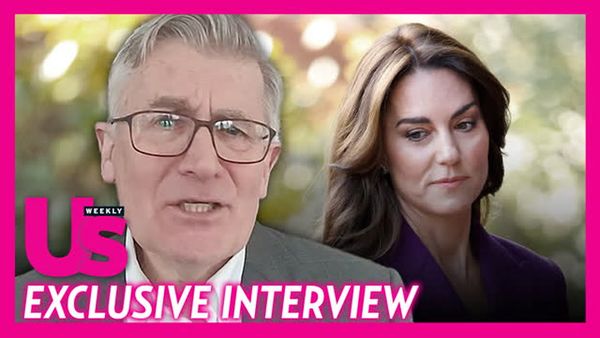
New home building remains underwhelming though the prospect of interest rate cuts later this year could help underpin a recovery in activity.
The latest building approvals data from the Australian Bureau of Statistics revealed a 1.9 per cent fall in February fuelled by a sharp drop in non-housing dwellings - an indicator known to see-saw each month to reflect the flow of large apartment projects.
House approvals, which tend to be less volatile, actually lifted 10.7 per cent over the month.
Commonwealth Bank economist Belinda Allen said building approvals were trending weak as challenges such as still-elevated labour and material costs and higher interest rates rocked the construction industry.
"Australia is not building enough new homes to match demand," Ms Allen wrote in a note.
Paired with strong demand fuelled by robust population growth, Ms Allen said sluggish new home building was feeding into higher prices for existing dwellings.
Home prices gained another 0.6 per cent in March, based on CoreLogic's monthly measure, to be 1.6 per cent higher over the quarter.

Low vacancy rates have also been keeping pressure on rents, with the national index lifting 2.8 per cent in the March quarter and trends pointing to a re-acceleration in price growth.
Ms Allen said high borrowing costs were weighing on developers and builders.
"Our expectation for interest rate cuts later this year and next year should provide some support if other challenges settle," she said.
Currently, about 160,000 dwellings are making it through approval processes each year, which is well short of what's needed to deliver the 1.2 million new homes over five years targeted by governments in the national housing accord.
Roughly 240,000 will need to be built every 12 months to meet the goal that kicks in from midway through this year.
Housing Industry Association senior economist Tom Devitt said it was still possible to meet the 1.2 million homes target despite clearly subdued new home building.
"But it would require significant policy reforms which include lowering taxes on home building, easing pressures on construction costs, and decreasing land costs," Mr Devitt said.
The broader small business ecosystem could be in line for more help in the upcoming federal budget, according to the prime minister.

"Helping Australian families and small family businesses with their energy bills was a key priority in last year's budget," Anthony Albanese said at a Council of Small Business Organisations Australia conference on Thursday.
"And as we put together next month's budget, small businesses and families will again be front and centre in our thinking."
No specific policy measures were detailed but the prime minister spruiked the benefits of rooftop solar and batteries as a "smart investment that delivers an important return to businesses on tight margins".
"One in three small businesses with solar is a great start - and I'm confident that with the right investments and support and the continuing advances in technology, that number will continue to rise," he said .
The federal budget will be handed down on May 14.







